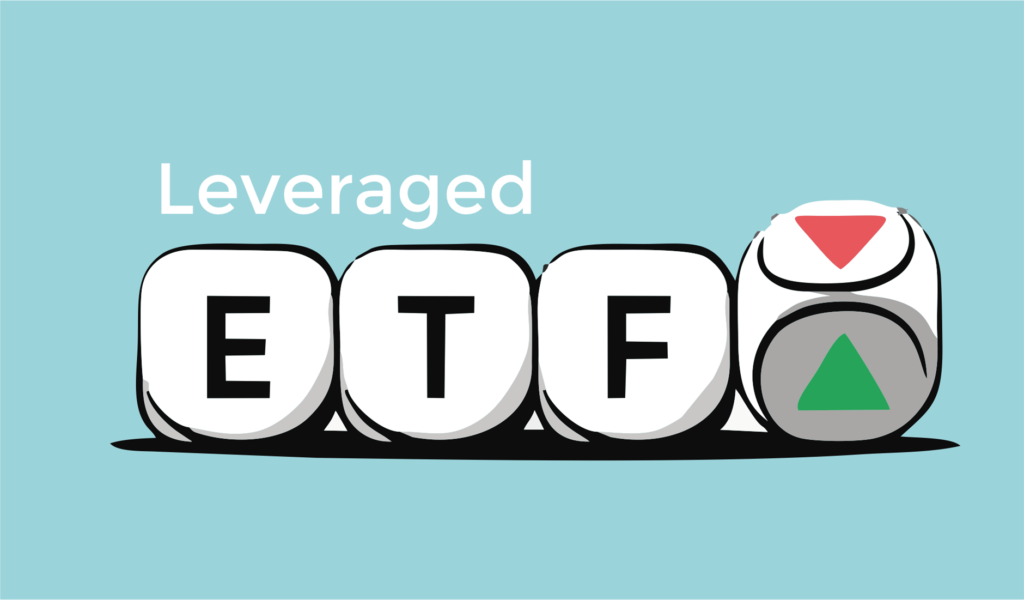Exchange-Traded Funds (ETFs) are popular investment vehicles that allow investors to buy shares in a fund that tracks an index, commodity, or sector. Leveraged ETFs take this concept a step further by using financial tools to amplify the returns of an underlying index.
What are Leveraged ETFs?
A Leveraged ETF aims to deliver a multiple of the daily performance of an index. For example, a 2x leveraged ETF seeks to return twice the performance of the index it tracks, while a 3x leveraged ETF aims for three times the return. These funds achieve this amplification by using derivatives like options and futures contracts.
Important note: Leveraged ETFs are designed for short-term trading, not long-term investing. This is because the compounding effect of daily returns can lead to significant differences in performance over time, especially in volatile markets.
How Do Leveraged ETFs Work?
Let’s say the S&P 500 index increases by 1% on a given day. A 2x leveraged ETF that tracks the S&P 500 would aim to return 2% for that day. If the index falls by 1%, the 2x ETF would lose 2%. This multiplication of gains or losses makes leveraged ETFs riskier, but potentially more rewarding if used correctly in the short term.
Example of a Leveraged ETF:
Let’s look at an example of the ProShares UltraPro QQQ ETF (TQQQ), which is a 3x leveraged ETF that tracks the Nasdaq-100 Index. If the Nasdaq-100 goes up by 1% in a day, TQQQ would aim to increase by 3%, and if the Nasdaq-100 goes down by 1%, TQQQ would fall by 3%.
For instance, on a given day, if the Nasdaq-100 rises from 10,000 to 10,100 (a 1% increase), TQQQ would rise from $100 to $103. Conversely, if the Nasdaq-100 falls by 1%, TQQQ would drop to $97.
Risks and Rewards:
The main appeal of leveraged ETFs is their potential for large gains in a short period. However, these funds also come with a high level of risk. The magnified losses during market downturns can be significant. Therefore, leveraged ETFs are generally suitable for experienced traders looking to capitalize on short-term market movements.
Conclusion:
Leveraged ETFs can be attractive for short-term traders looking to capitalize on quick movements in the market. However, they are not suitable for long-term investors due to their volatility and the potential for significant losses. Before investing, it’s crucial to understand the risks involved and carefully assess your investment goals.
– Ketaki Dandekar (Team Arthology)
Read more about Leveraged ETF here – https://www.investopedia.com/leveraged.asp
